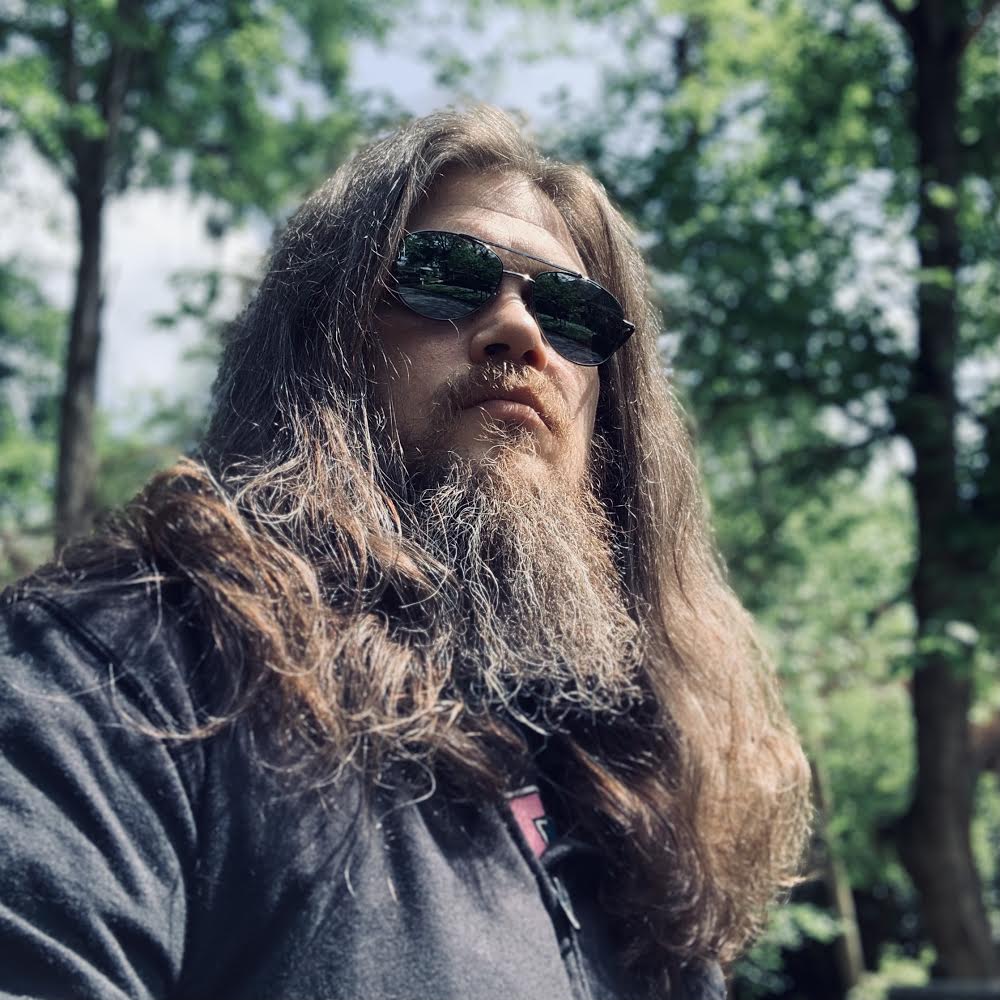The top Marvel Comics character debuts - 1961 to 1969
Looking back at the best Marvel Comics superheroes and villains created each year during their debut decade the '60s
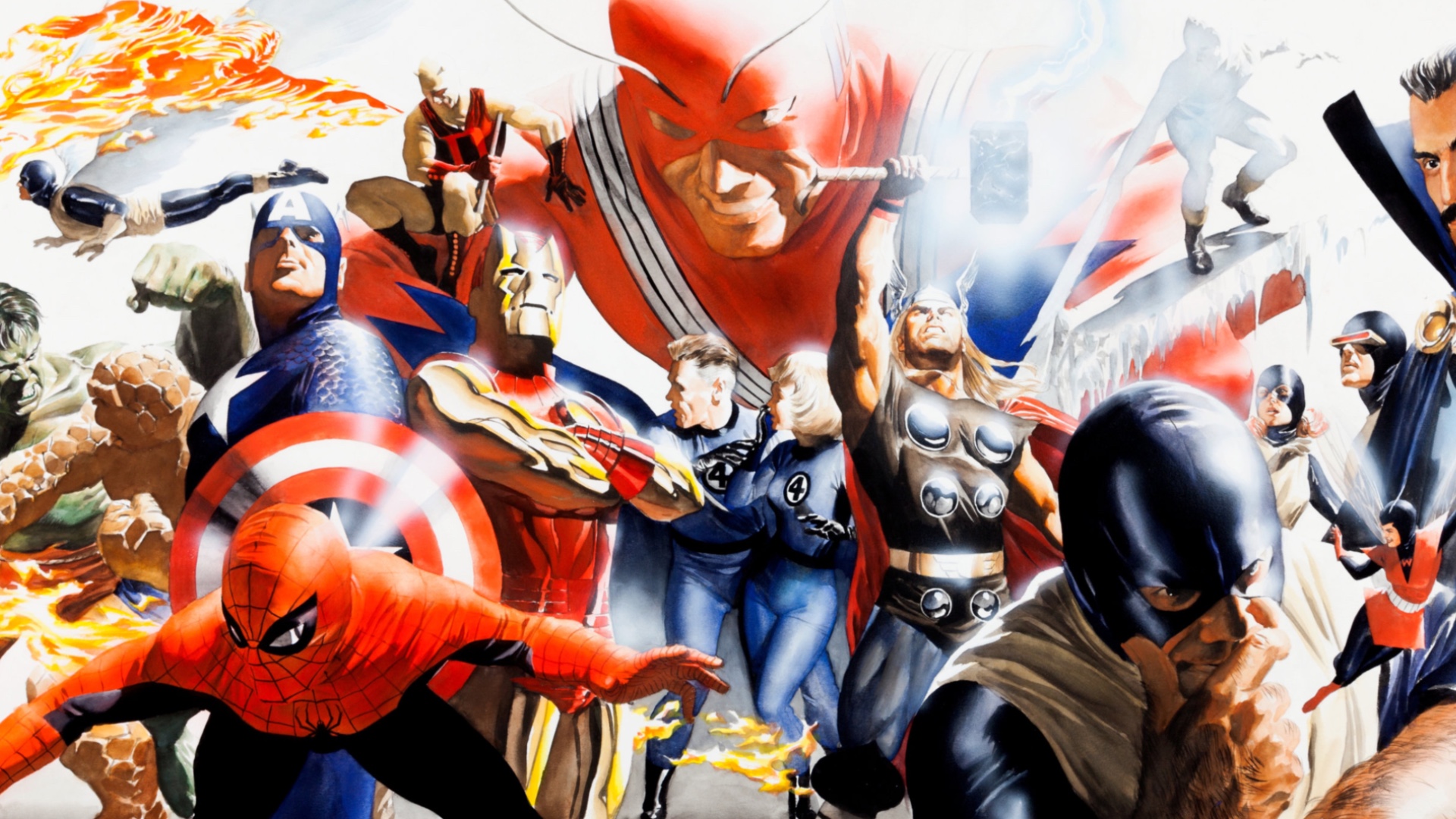
The Marvel Universe launched in 1961 - exactly 50 years ago. Though it all started with a simple quartet of heroes in Fantastic Four #1, in the five decades since it's grown to include thousands of heroes, villains, and others - saying nothing of the pre-Marvel Universe characters such as Captain America, Namor, and Jimmy Woo who have been incorporated since.
Newsarama has been creating a Marvel Yearbook, making our picks for the best character to debut in each year of the Marvel Universe - 60 characters for 60 years. So far, we've explored the '70s, '80s, '90s, and '00s, and this week we're finally reaching all the way back to where it all began by making our choices for the best Marvel characters to debut in each year of the swinging' '60s.
If that seems like a set of impossible choices, given how many of Marvel's most beloved and iconic characters debuted in the '60s, well, we're not saying it was easy, but we've got our picks.
Once you've read through Newsarama's Marvel Yearbook for the '60s, chime in with your favorites on Facebook and Twitter - it's all part of the fun! And of course, stay tuned for the finale of our Marvel Yearbook series next week.
1961: The Thing
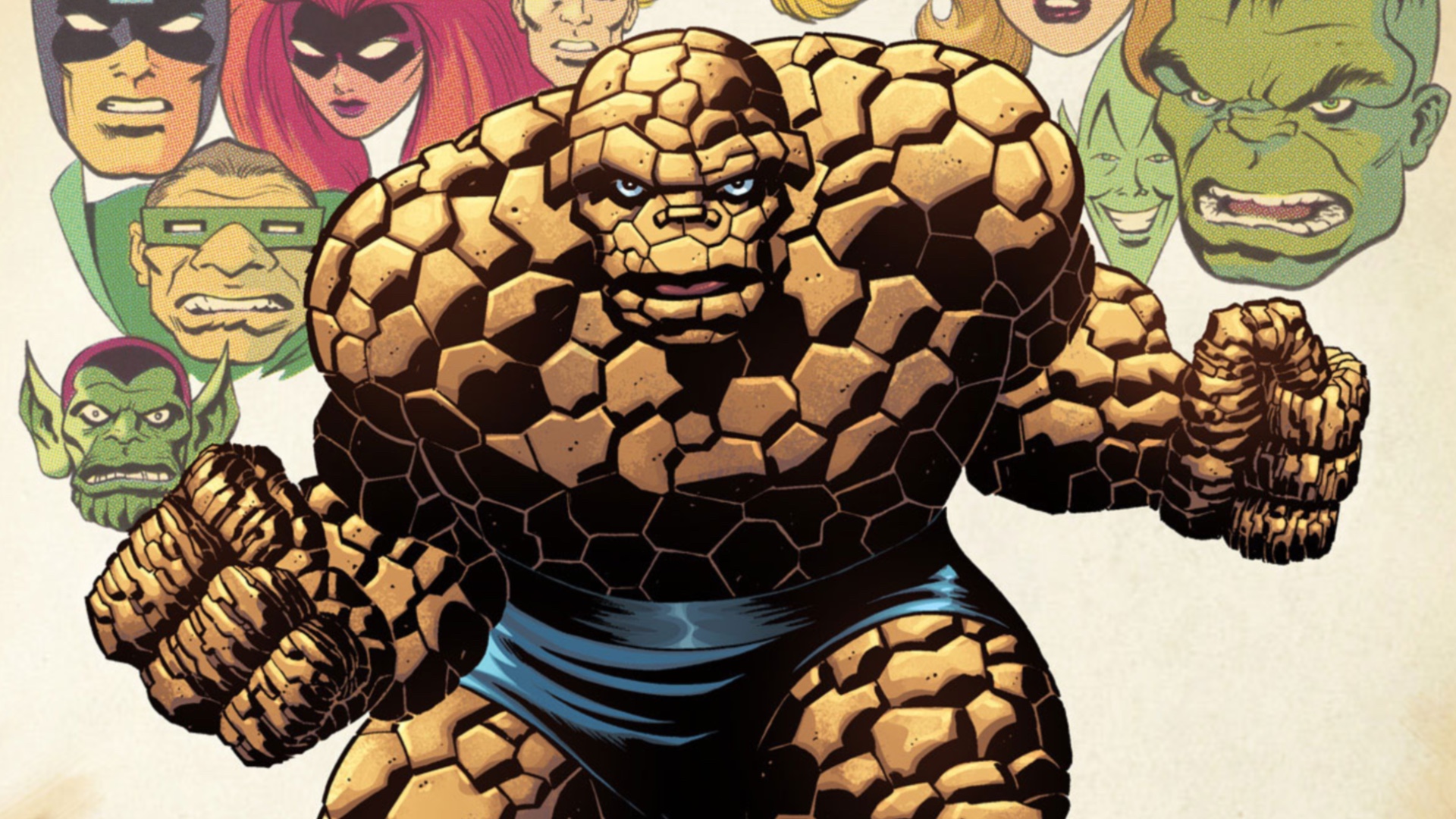
First Appearance: Fantastic Four #1
Recommended Reading: Fantastic Four by Stan Lee and Jack Kirby
The Fantastic Four are the first superheroes of the Marvel Comics era, kicking off the whole concept of the Marvel Universe in Fantastic Four #1. Creators Jack Kirby and Stan Lee built the team's mythos around the idea of a family of heroes whose human foibles often shine through – a quality that set the tone for the entire Marvel Universe to come.
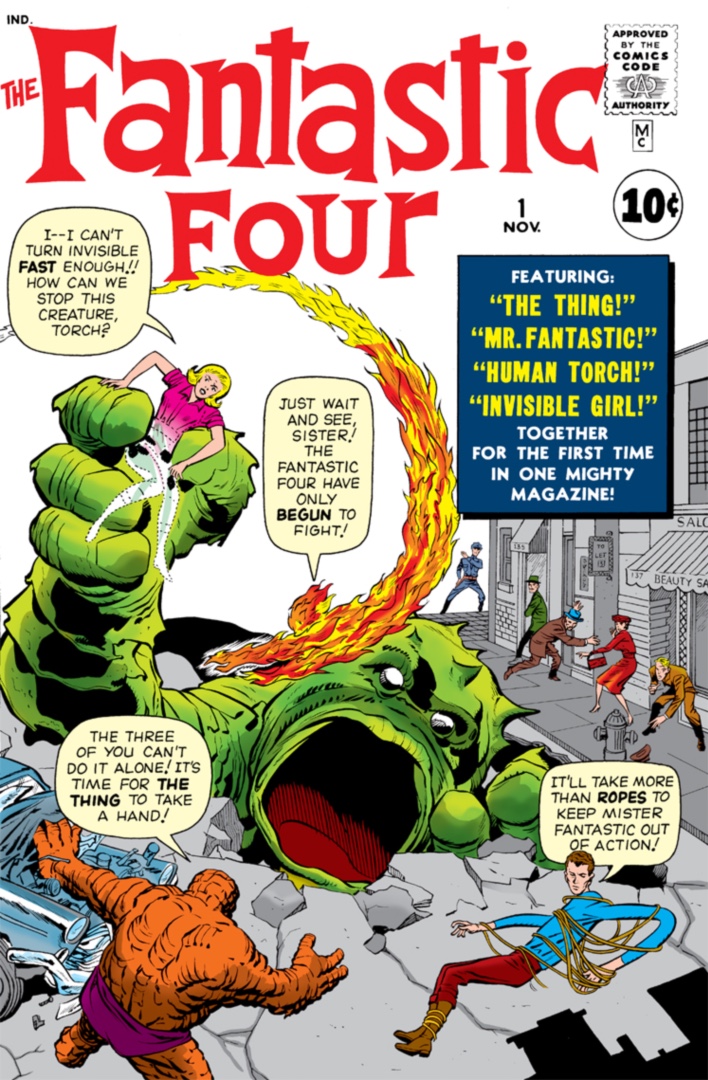
It's a little ironic then that so much of the pathos, drama, and even humor that came to define the Fantastic Four (and the Marvel Universe at large) was channeled through Ben Grimm, the Thing. The powerhouse of the FF, Ben Grimm's rocky, monstrous form belies the tender soul and wise-cracking daredevil who lies within.
Comic deals, prizes and latest news
Get the best comic news, insights, opinions, analysis and more!
That's why, even though arguments could be (and were!) made that any of the original FF could take the spot of the best character of the first year of Marvel Comics, we've got to hand the No-Prize to Sweet Aunt Petunia's darling nephew, Yancy Street's favorite son, the King of Clobberin' Time himself - the Ever-Lovin' Blue-Eyed Thing.
Didn't Make the Cut: Fin Fang Foom, Giganto, Human Torch, Invisible Woman, Mister Fantastic, Mole Man
1962: Spider-Man
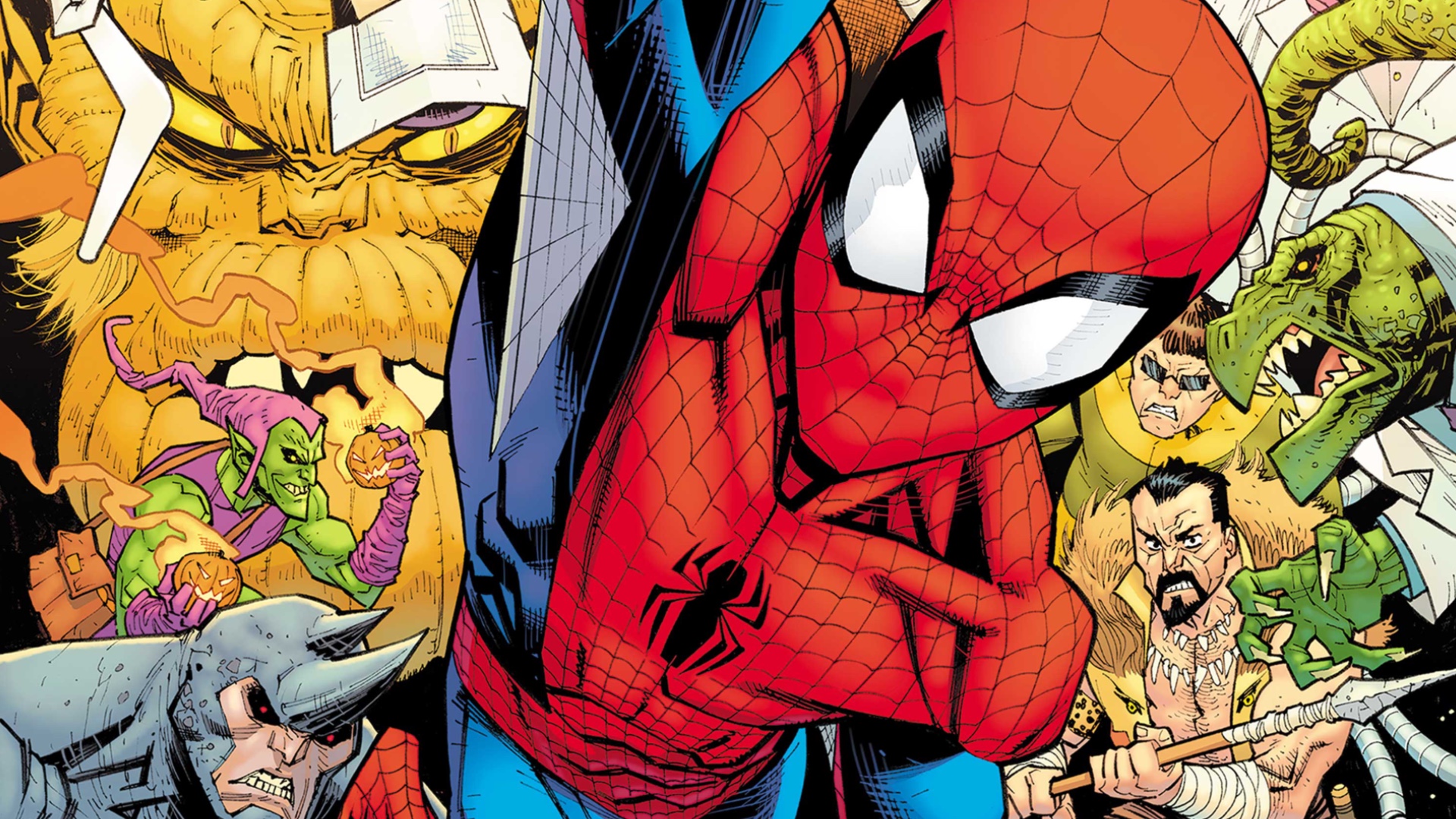
First Appearance: Amazing Fantasy #15
Recommended Reading: Amazing Spider-Man by Stan Lee and Steve Ditko
1962 was one of the biggest expansion years for Marvel Comics, which makes sense - it was only the second year of the Marvel Universe, and the skyrocket success of the Fantastic Four had the new line booming with characters like Doctor Doom, Thor, and Ant-Man (among so many, many more) who are still headliners to this day.
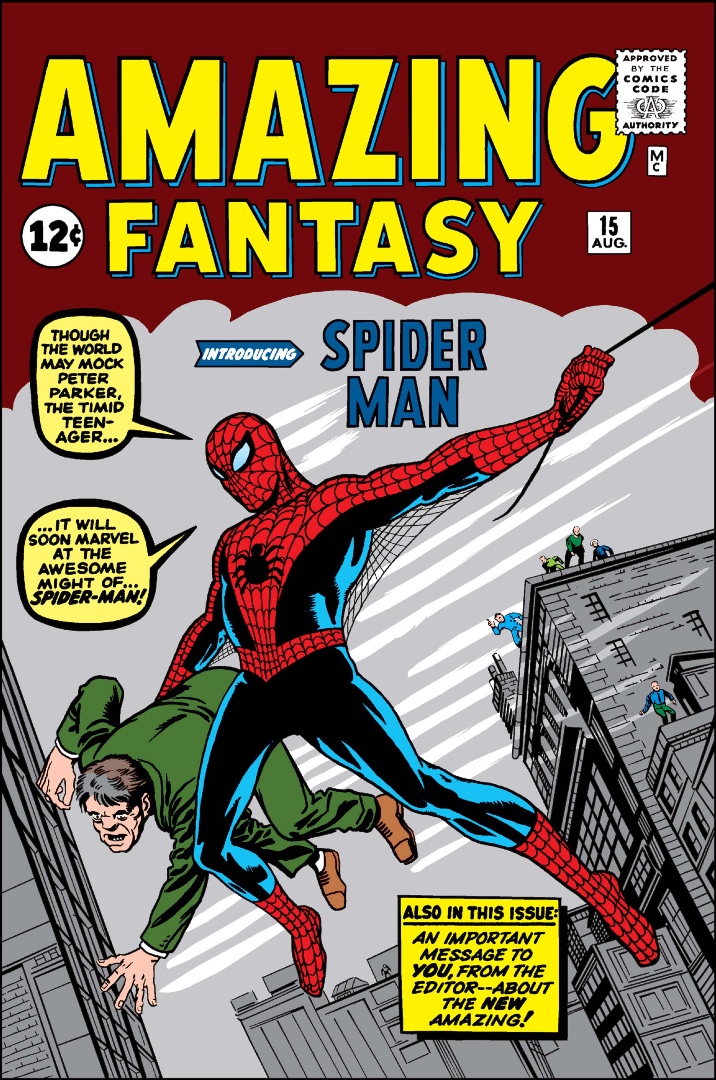
But among all those luminaries, Peter Parker/Spider-Man stands out as one of Marvel's most well-loved and defining characters pretty much since the moment he first hit the page in Amazing Fantasy #15. That weird Steve Ditko costume, the melodramatic Stan Lee scripts, all the freaky, funky foes that challenge him – it all adds up not just to the clear leader for the top Marvel Comics character of 1962, but one of the best Marvel characters ever.
Spider-Man is one of the most recognized superheroes worldwide, and Marvel has often keyed into that popularity to use the Friendly Neighborhood Wall-Crawler to break new ground and try new concepts for the Marvel Universe, spawning a legacy of characters and creators that's still growing nearly 60 years on (mark your calendars to celebrate Spidey's 60th in 2022!).
Didn't Make the Cut: Hulk, Rick Jones, Thunderbolt Ross, Doctor Doom, Thor, Ant-Man (Hank Pym), Jane Foster
1963: Iron Man
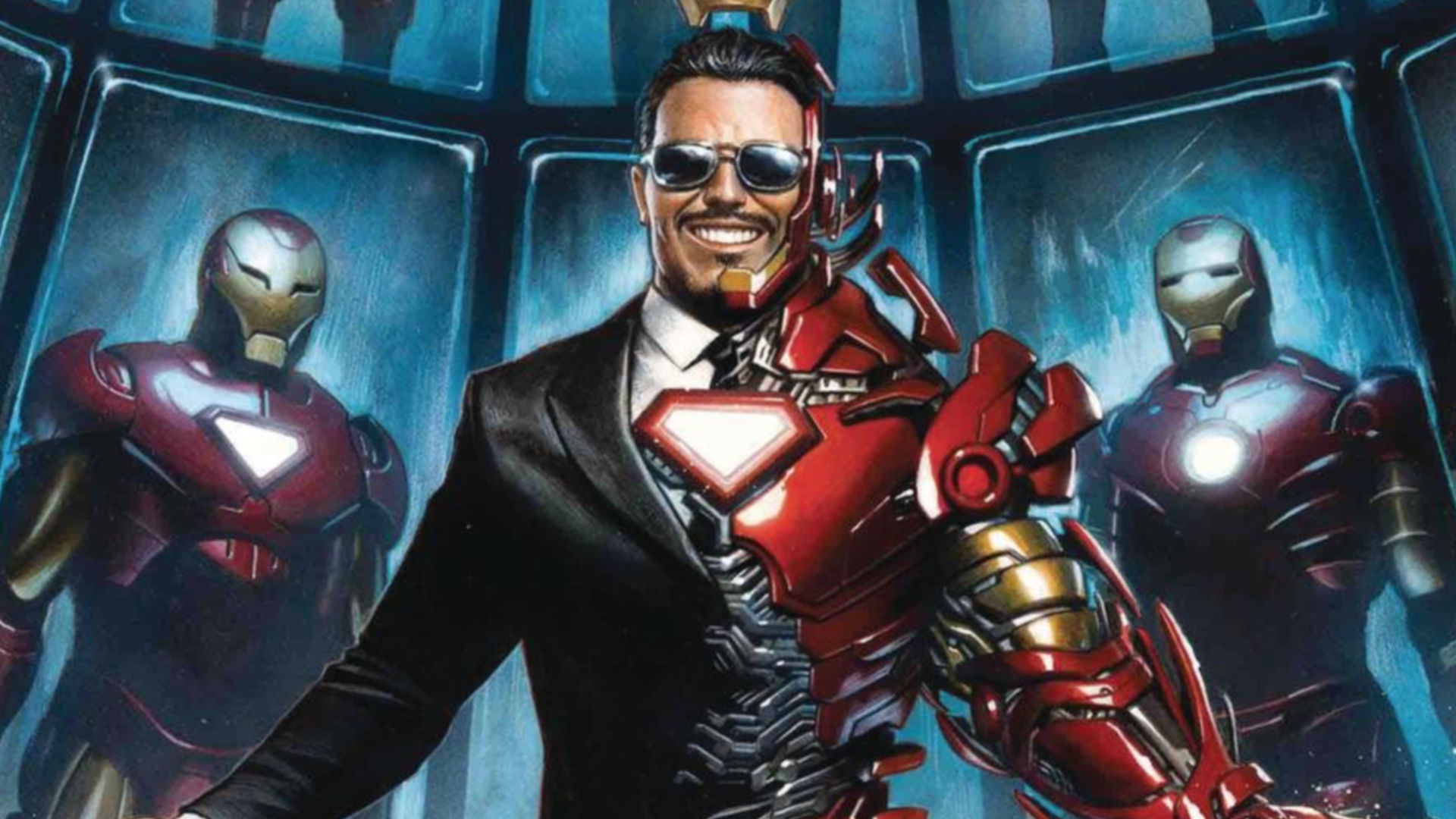
First Appearance: Tales of Suspense #39
Recommended Reading: Invincible Iron Man by Matt Fraction and Salvador Larroca
Iron Man has waxed and waned in popularity in his 58 year history (mark your calendars again for old man Tony Stark's 60th birthday in 2023), but in his early days as a brilliant industrialist and weapons maker trying to win the arms race that was at the heart of the Cold War between the United States and the Soviet Union, he formed the core of the early Marvel Universe outside of the Fantastic Four.
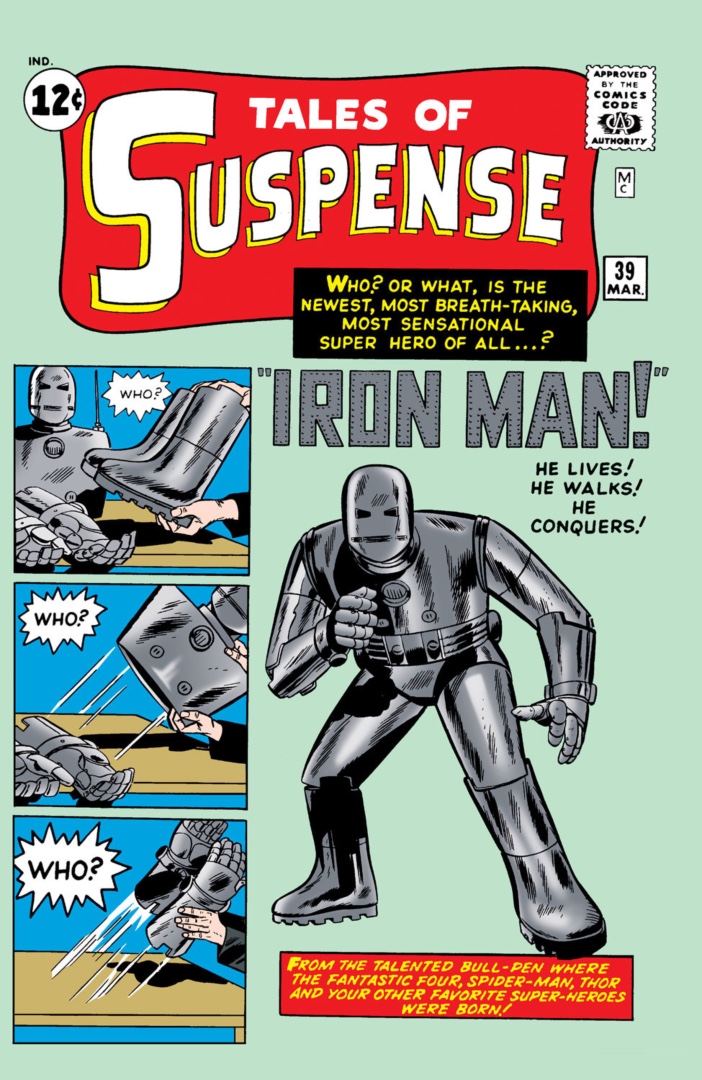
Tony's personality and Iron Man's prominence in the Marvel Universe have evolved (as have his Cold War origins), but as in 1963 when he hit the scene, Stark is the picture of bleeding edge, high-end cool, always wrapped in the perfect suit, whether it's armor or Armani.
And of course, as in the MCU, and in keeping with a role he's almost always played, Tony was the original bankroll behind the Avengers – as well as the brains behind many of their greatest adventures.
Didn't Make the Cut: J. Jonah Jameson, Uatu (the Watcher), Nick Fury, Wasp (Janet van Dyne), Doctor Octopus, Doctor Strange, Cyclops, Jean Grey (Marvel Girl), Magneto, Professor X
1964: Daredevil
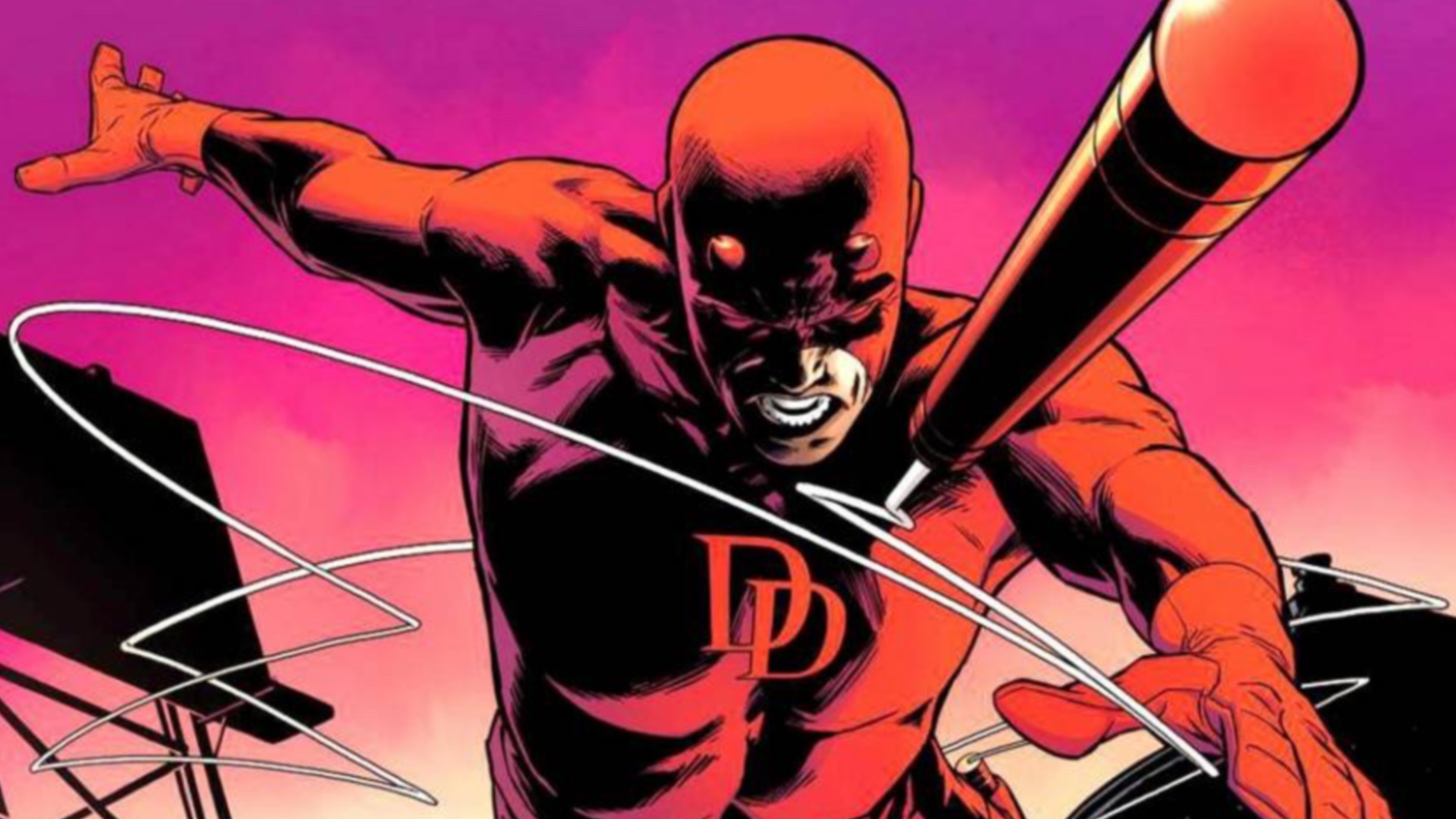
First Appearance: Daredevil #1
Recommended Reading: Daredevil by Mark Waid, Paolo Rivera, and Chris Samnee
Matt Murdock/Daredevil is one of Marvel's greatest characters even before factoring in his groundbreaking debut, but it's impossible to talk about his importance without noting that as a blind man, Daredevil was Marvel's first headlining disabled superhero (Professor X beat him to the page in the same year as a supporting character in X-Men #1) – a trait that quickly earned him a special place for Marvel fans who are blind or disabled.

Possessed of a special 'radar sense' that enhances his smell, touch, taste, hearing, and other bodily senses and gives him a sonar-like awareness of his surroundings despite his blindness, Matt Murdock is also one of the Marvel Universe's most skilled hand-to-hand combatants. And, as an almost unparalleled acrobat, Daredevil's high-flying antics have earned him the moniker the 'Man Without Fear.'
Somehow, Daredevil balances it all with his life as attorney Matt Murdock, fighting for justice in the legal system as well as in the streets of Hell's Kitchen. This level of complexity has led him to become a favorite character not just among fans, but among creators, who have often reveled in pushing Daredevil to his limits – only to find ways to bring him back to his core as a hero and a survivor every time.
Didn't Make the Cut: Quicksilver, Scarlet Witch, Black Widow (Natasha Romanova), Green Goblin, Hawkeye (Clint Barton), Kang the Conqueror, Leader, Dormammu, Edwin Jarvis
1965: Sentinels
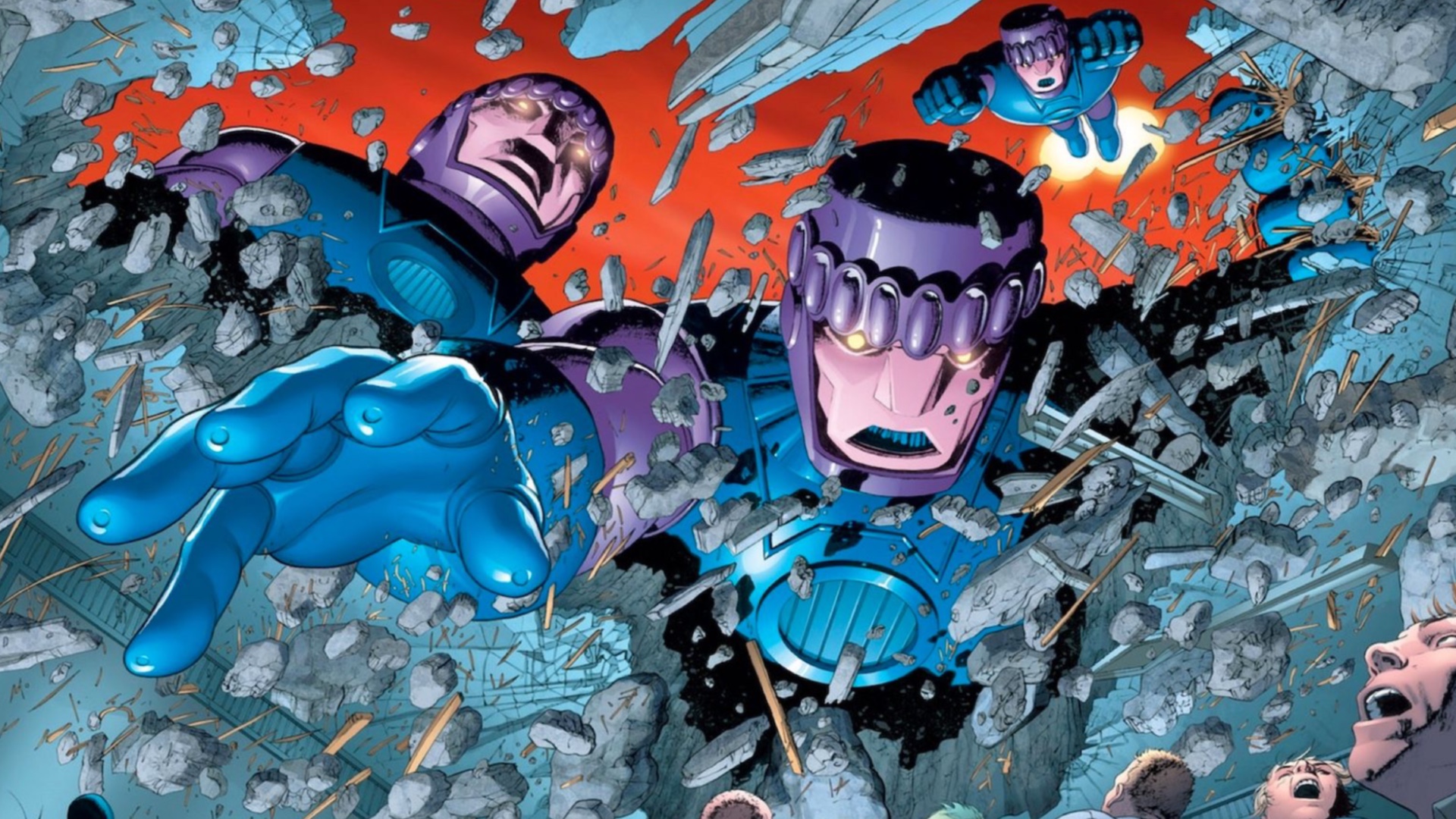
First Appearance: Uncanny X-Men #14
Recommended Reading: Uncanny X-Men: Days of Future Past
The robotic Sentinels aren't exactly characters in the sense of beings with personalities and depth, but their mark on X-Men history – and the history of Marvel Comics – is as big as the massive mutant-hunting Sentinels themselves.
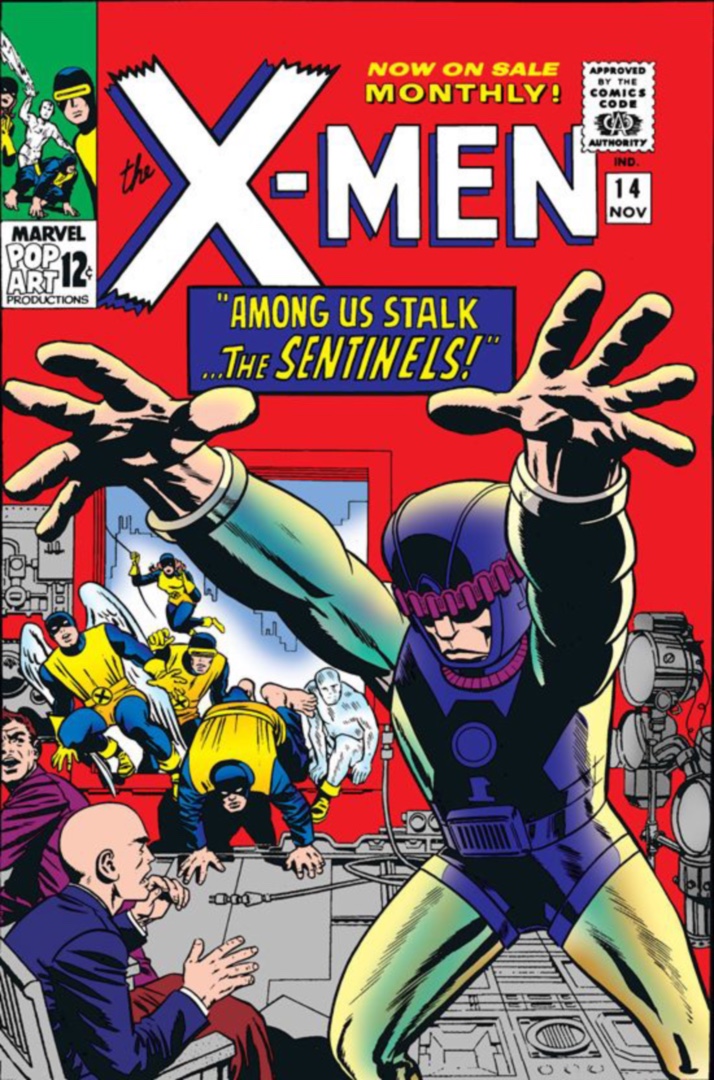
The Sentinels, introduced in 1965's X-Men #14, were designed by scientist Bolivar Trask to hunt, detain, and if necessary kill mutants (who have long been seen as an existential threat to baseline humankind by bigots), and since their debut have spoken directly to the threat of violence and social policing experienced by marginalized people in society.
The Sentinels have evolved over the years to include numerous incarnations – including some such as Nimrod, Bastion, and more who are sentient, or even technically alive. Even to this day, in the era of Krakoa, the Sentinels still pose a killer threat to mutantkind as some nations have rallied to stock or build their own to rival Krakoa's sovereignty, with Nimrod itself playing a major role in recent X-Men stories.
Didn't Make the Cut: Absorbing Man, Ka-Zar (Kevin Plunder), Medusa, Juggernaut, Hercules, Bolivar Trask, Eternity, Black Bolt, Gwen Stacy, Lockjaw
1966: Black Panther
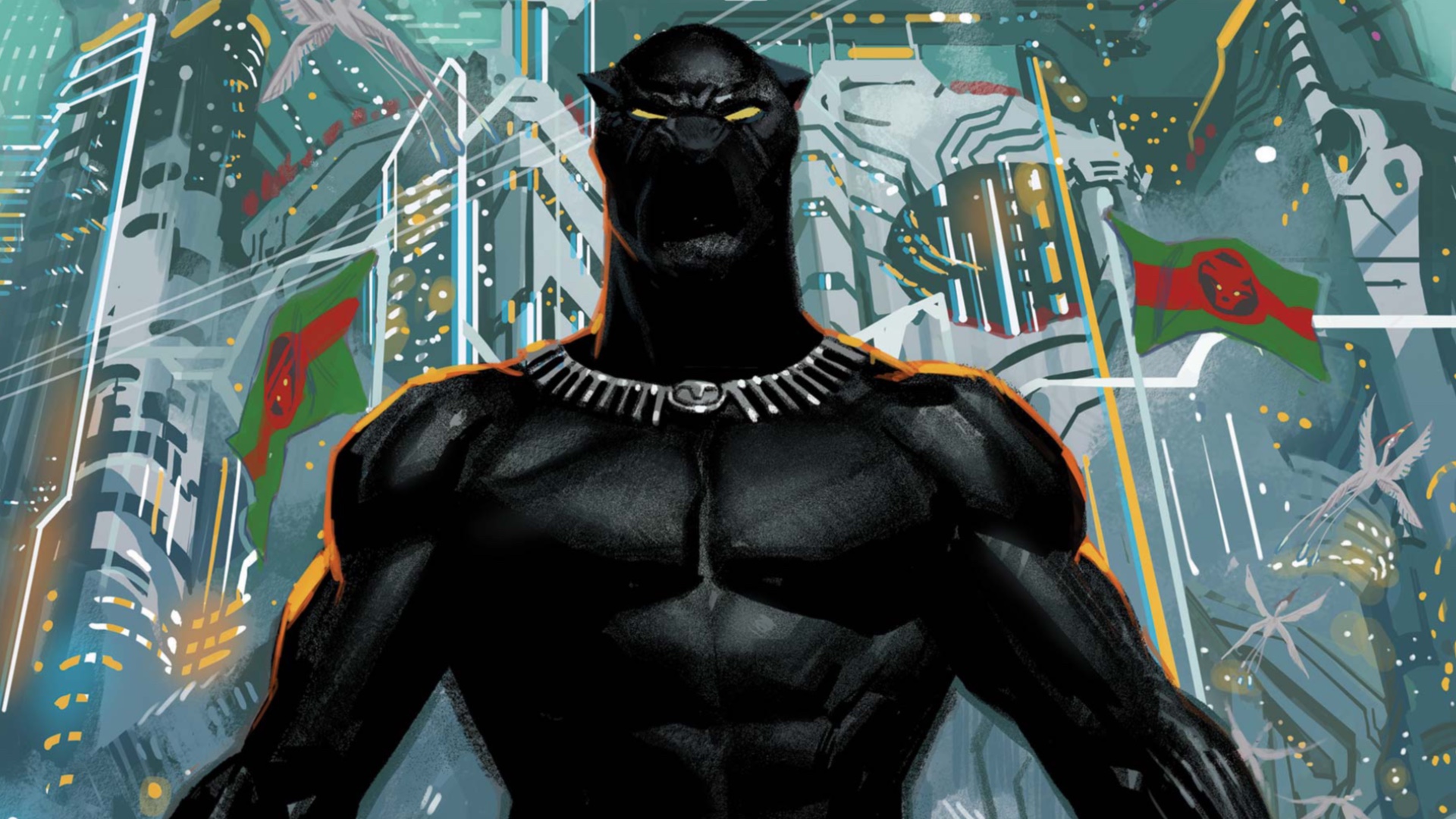
First Appearance: Fantastic Four #52
Recommended Reading: Black Panther: A Nation Under Our Feet
By now, you almost certainly know of Black Panther – a character whose modern success and popularity have paved the way for a new wave of more diverse characters and creators in movies and in comic books.
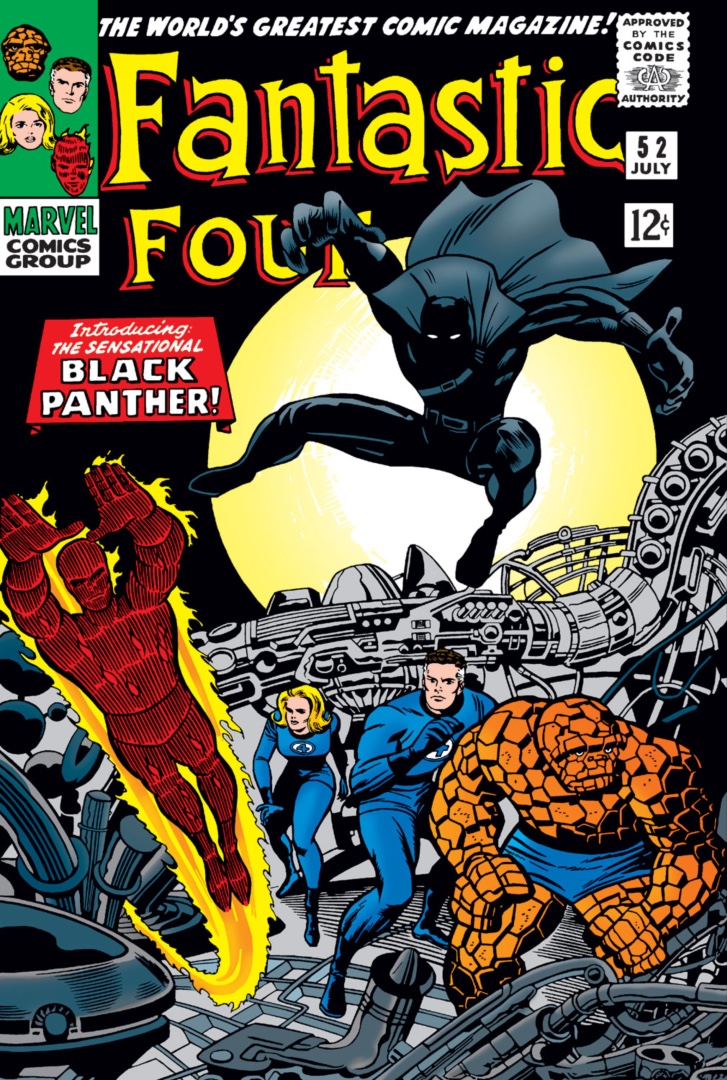
But back in 1966 when he debuted in Fantastic Four #52, Black Panther was Marvel's first Black superhero – even dating back to their earliest Timely Comics days of the '40s. In fact, he was the first major Black mainstream superhero ever, a milestone that resonates to this day, 55 years later.
Over the years, Black Panther has gone from supporting character, to headliner, to one of the best known and most loved characters in the entire Marvel Universe, with an entire mythos built up around T'Challa and his kingdom of Wakanda, and the citizens who dwell within.
Didn't Make the Cut: Mary Jane Watson, Galactus, Silver Surfer, Sharon Carter, Collector, Peggy Carter, Klaw, Ego the Living Planet, High Evolutionary
1967: Kingpin
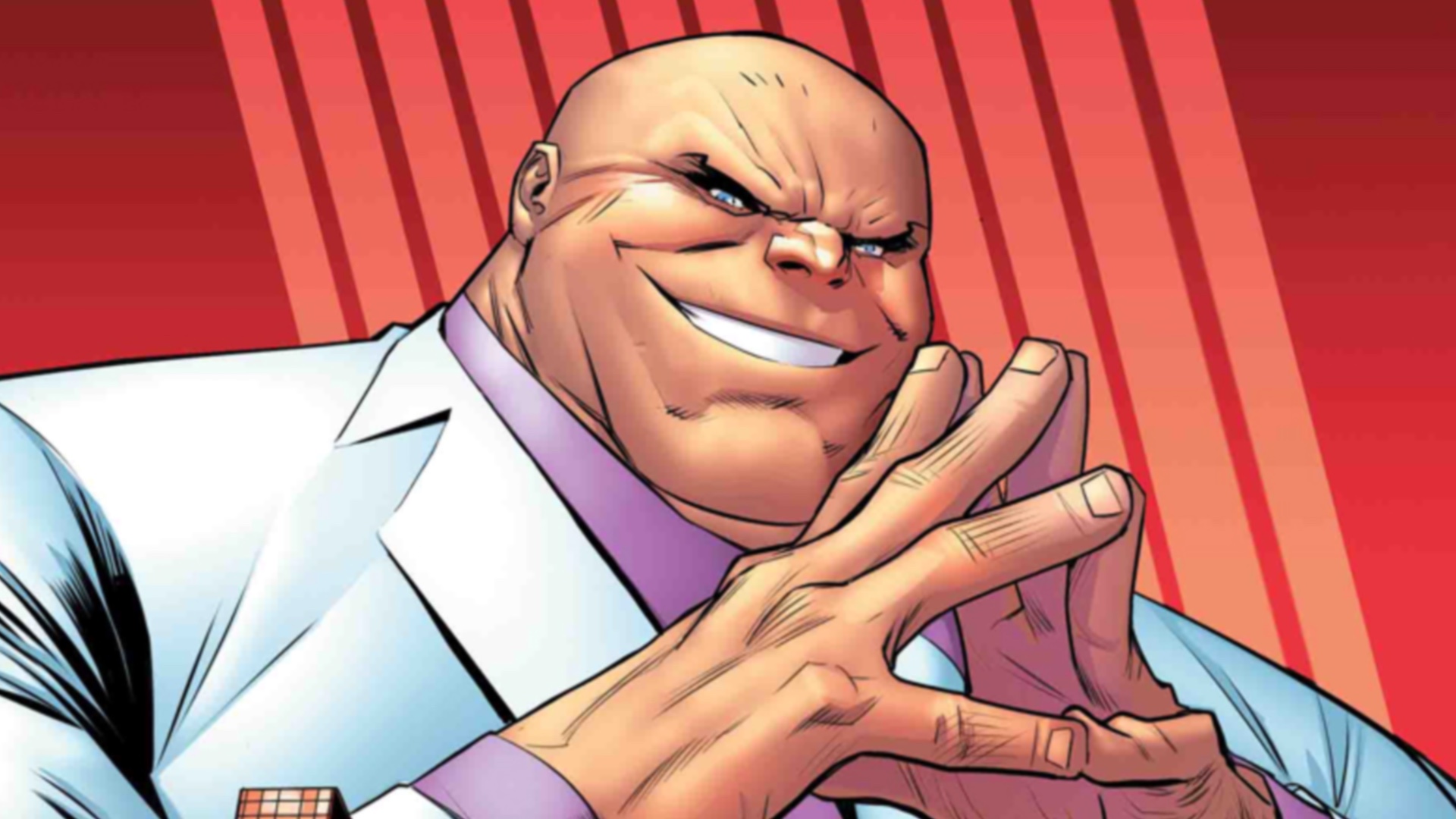
First Appearance: Amazing Spider-Man #50
Recommended Reading: Daredevil: Born Again
Originally introduced as a foil for Peter Parker in 1967's Amazing Spider-Man #50, Wilson Fisk, the Kingpin of Crime, has made his mark on the legacies of numerous heroes since – and on Marvel Comics overall. Fisk was originally a ruthless and enigmatic crime boss who was obsessed with controlling not just his home neighborhood of Hell's Kitchen, but the entirety of New York City's organized crime operations.

In the years since he strong-armed his way onto the scene, Kingpin has become almost synonymous with Daredevil, considered by many to be each others' true arch-enemies. As a result, he's gotten more character development and more interesting stories than most sorta-stereotypical crime bosses – a kind of Tony Soprano long before Tony Soprano existed.
This depth of character in Kingpin's portrayal carried over to 2015-2018's Netflix Daredevil show, where he was played by actor Vincent D'Onofrio to acclaim from fans and critics alike. Kingpin also took the spotlight as the main villain of 2018's animated smash-hit Spider-Man: Into the Spider-Verse, voiced by Liev Schrieber.
Didn't Make the Cut: Banshee, Abomination, Living Tribunal, Ronan the Accuser, MODOK, Psycho-Man, Black Knight (Dane Whitman), Captain Marvel (Mar-Vell)
1968: Carol Danvers
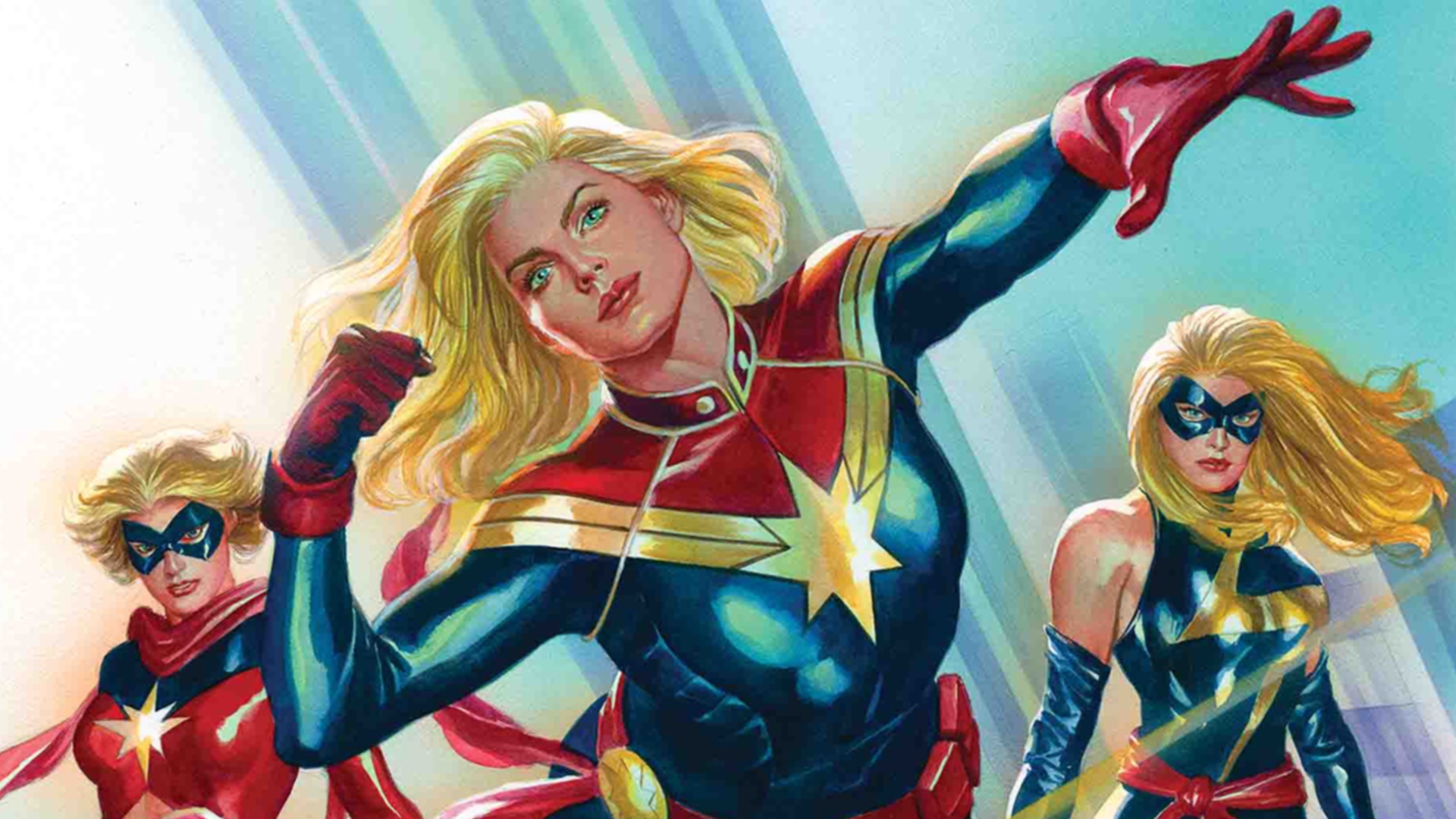
First Appearance: Marvel Super-Heroes #13
Recommended Reading: Captain Marvel: Higher, Further, Faster, More
The reigning Captain Marvel, Carol Danvers, made her debut all the way back in 1968's Marvel Super-Heroes #13, the title that then starred Carol's mentor (and eventual namesake) the original Marvel Comics version of Captain Marvel, the Kree warrior Mar-Vell.
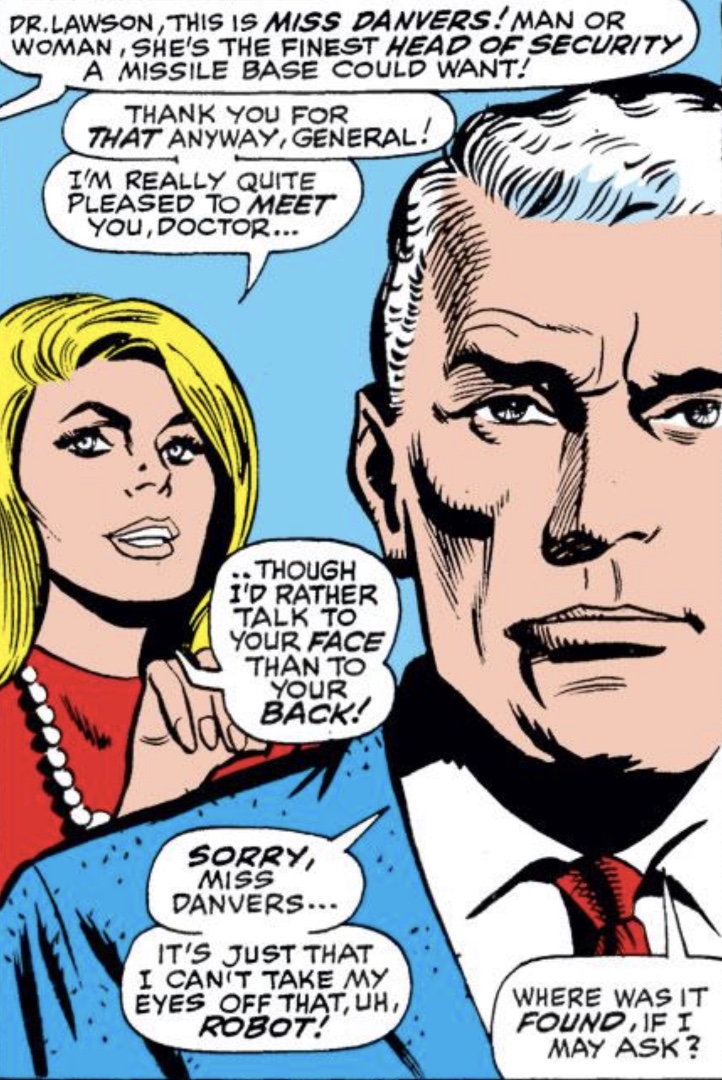
Though she didn't become a superhero for almost a decade (in 1977's Ms. Marvel #1), Carol stood out from many of Marvel's other female supporting characters of the day (and even some of its female heroes) as an Air Force officer and chief of security for the base where Dr. Walter Lawson, Mar-Vell's human secret identity, was employed.
In the decades since her debut, Carol has evolved more than most heroes with such enduring pedigrees, going through gaining her powers, losing them a short time later, developing new powers, all before finally stepping into the role of Captain Marvel in 2012's Avenging Spider-Man #9. Since taking on the mantle of Captain Marvel, Carol has become one of the Marvel Universe's best known and most powerful heroes, including in the MCU where she's played by Brie Larson.
Didn't Make the Cut: Wrecker, Madame Masque, Grim Reaper, Ultron, Polaris, Vision, Annihilus, Franklin Richards, Mephisto
1969: Sam Wilson
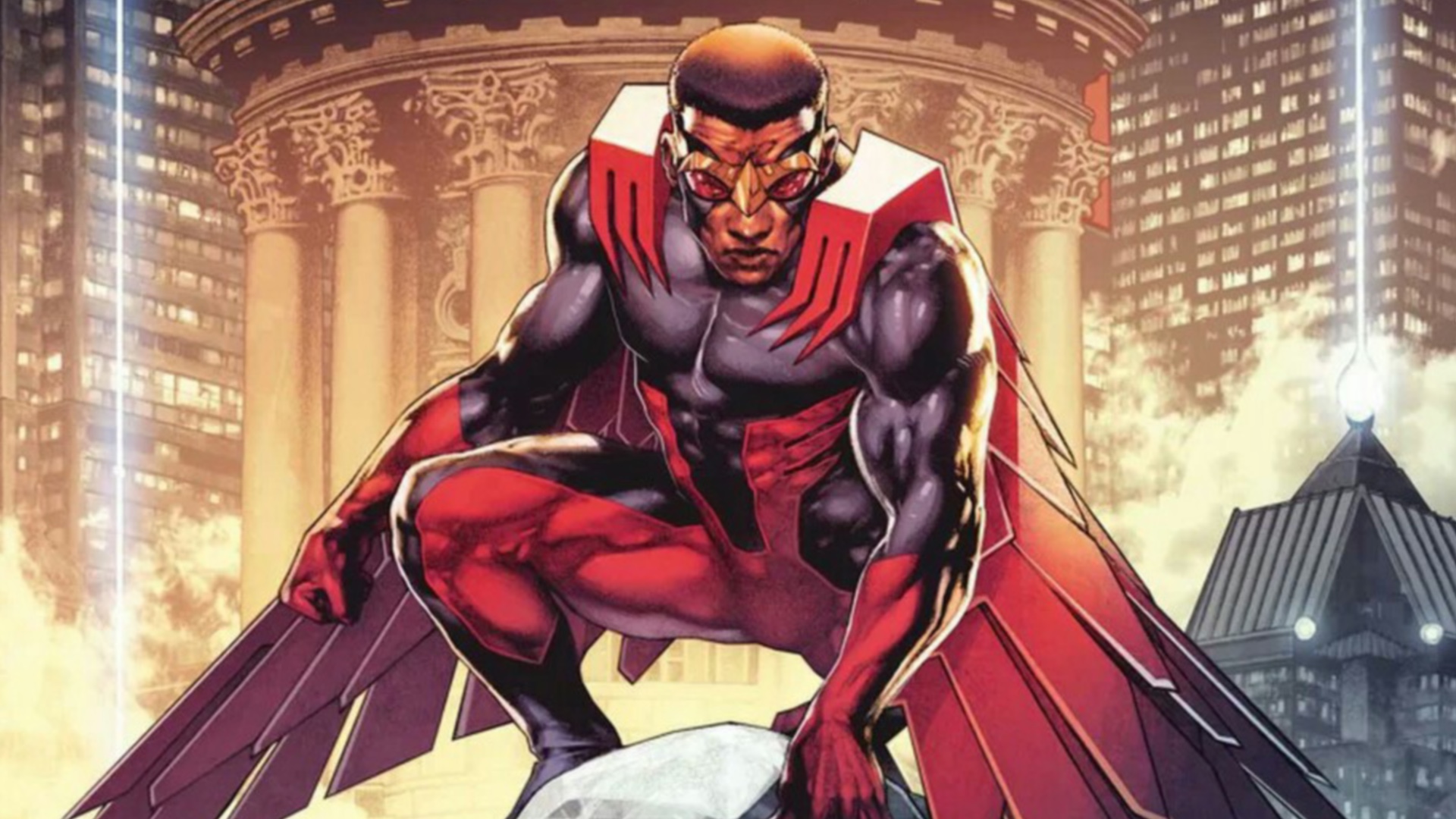
First Appearance: Captain America #117
Recommended Reading: All-New Captain America: Hydra Ascendant
Though Sam Wilson/The Falcon isn't Marvel's first Black hero in Marvel Comics (that was 1966's Black Panther), he was the first Black hero to headline a Marvel Comic, headlining alongside Captain America when he joined the title as Steve Roger's partner after being introduced in Captain America #117.
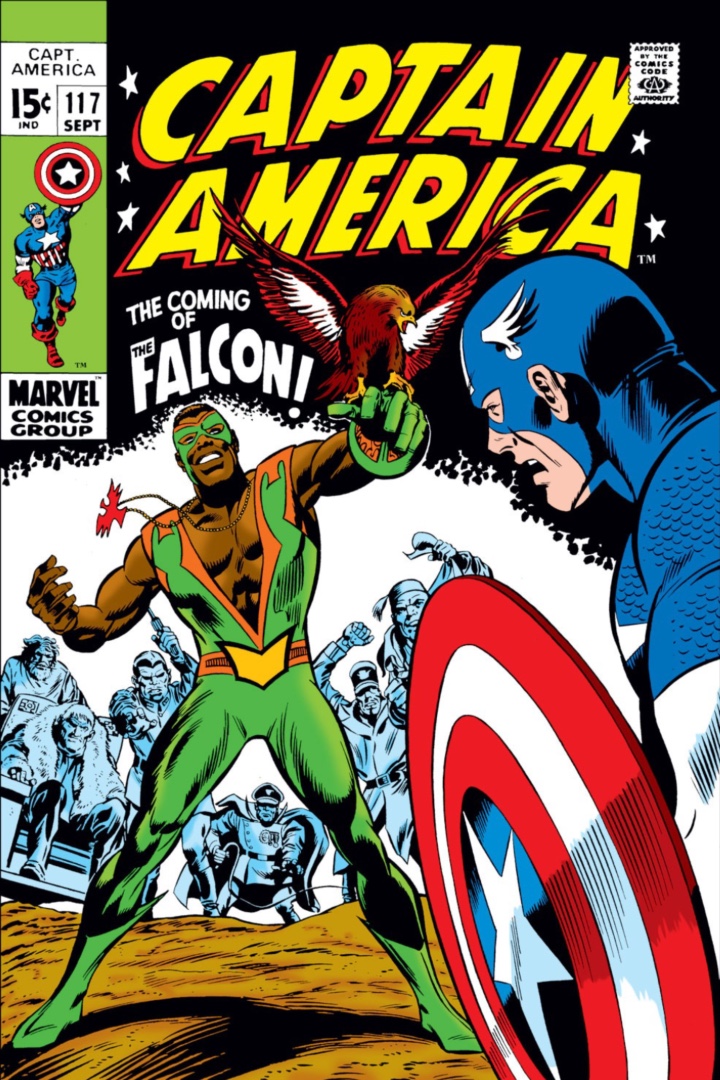
Starting with 1971's #134, the title was changed to Captain America and the Falcon to reflect Sam Wilson's co-starring status (Black Panther didn't get his own title till 1977, though he did star in the main story of the title Jungle Action prior to that). Sam quickly became a core part of the title, with his relationship with Steve and his own character development becoming as much a part of the book as Rogers' own arc.
Sam Wilson's journey as the Falcon has been somewhat complicated, but his partnership and training under Steve Rogers paid off in 2015 when Steve passed the mantle and shield of Captain America on to Sam. Though he later returned to the mantle of Falcon in comic books, Sam has since become the official new MCU Captain America in the Disney Plus streaming show The Falcon and the Winter Soldier.
Didn't Make the Cut: Vance Astro, Yondu, Madame Hydra (Viper), Havok, Silvermane, Prowler
Now that you've read about the best Marvel characters of the '60s, catch up on the best Marvel Comics stories of all time.
I've been Newsarama's resident Marvel Comics expert and general comic book historian since 2011. I've also been the on-site reporter at most major comic conventions such as Comic-Con International: San Diego, New York Comic Con, and C2E2. Outside of comic journalism, I am the artist of many weird pictures, and the guitarist of many heavy riffs. (They/Them)
